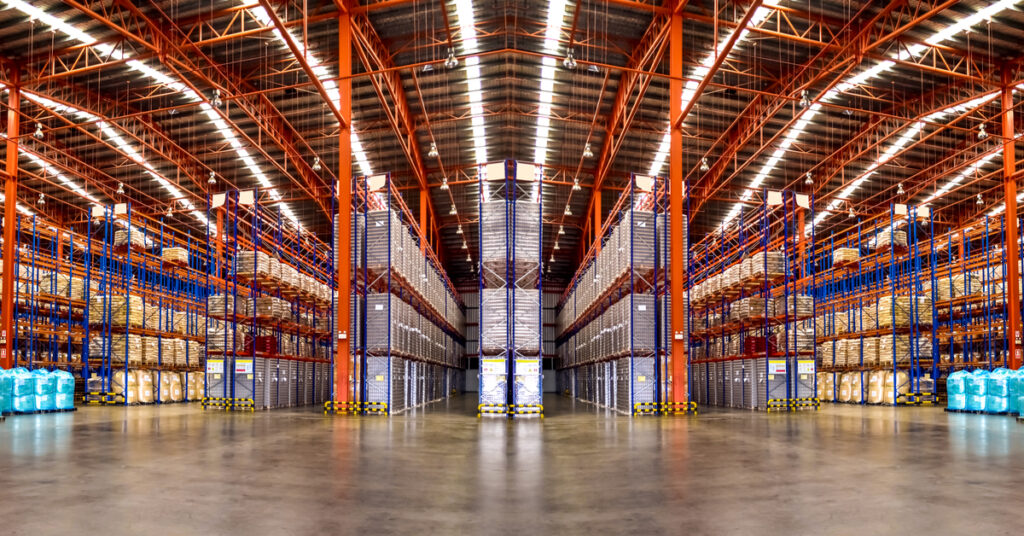Demand for industrial space has slowed measurably, with growth in the sector on track for its smallest gain in years, according to Lee & Associates.
Net absorption during the second quarter of 2023 was down 58% year over year, with 2023 poised to see the weakest annualized growth in more than a decade, the commercial real estate brokerage reported. Meanwhile, the U.S. industrial vacancy rate jumped 30 basis points since the start of the year, ending the second quarter at 4.7%.
It’s a complete reversal from the pandemic-era trends of demand outstripping supply due to the swelling logistics needs of the e-commerce sector. Since November 2022, U.S. imports have dropped from record highs, leading to broad-based slowing in leasing activity.
The import slowdown has been most distinct at the Port of Los Angeles, which for 22 years was the busiest container port in the country before ceding the title to the Port of New York and New Jersey at the end of last year. Cargo traffic in Los Angeles was adversely impacted by a surge of COVID-19 in China in late 2022 and early this year, compounding woes tied to labor tensions between dockworkers and port operators. Subsequently, many importers diverted cargo to the East Coast, pushing up activity at ports such as Newark, New Jersey; Norfolk, Virginia; Savannah, Georgia; and Charleston, South Carolina.
Consequently, even as cities from coast to coast have seen industrial vacancies grow, Los Angeles has seen a disproportionately large increase in available industrial space. Nearby markets such as California’s Inland Empire and Las Vegas have also seen outsized jumps in vacant industrial square footage. Still, Los Angeles and Orange County remain among the top-four highest per-square-foot rental markets in the country at $19.20 and $19.56, respectively. Only San Diego ($22.08) and Miami ($19.68) finished the second quarter with higher prices.
Recent shifts in retail have also made an impact. Several retailers with recently troubled outlooks, including Bed Bath & Beyond, Neiman Marcus and Stitch Fix, have recently closed distribution centers larger than 500,000 square feet. Additionally, e-retail titan Amazon has been reevaluating its distribution model and has placed large logistics facilities in the Baltimore and Miami areas on the market.
One driver of absorption that’s set to sustain in the medium to long term is the onshoring of high-tech manufacturing, Lee & Associates reported. Legislation such as the CHIPS and Science Act and the Inflation Reduction Act greenlit more than $400 billion in incentives for high-tech manufacturing, helping lead to more than 30 battery plants in the pipeline on American soil. Many of these plants are planned in Arizona, Georgia and Texas, and are set to begin production in 2024 or 2025.








